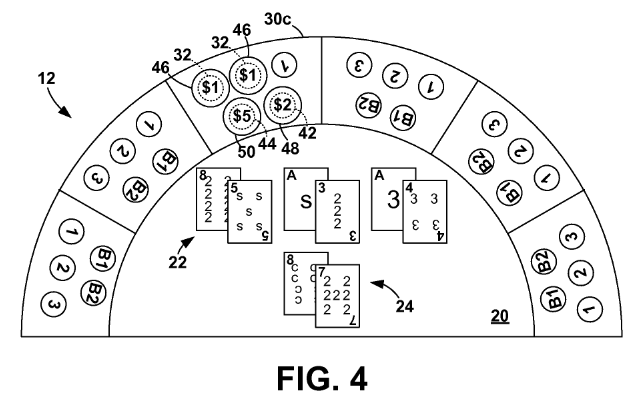I believe that today was the first time that I've seen the Federal Circuit issue a no-opinion affirmance in a case that included three amicus briefs along with briefs from three parties. The case, New Vision Gaming v. LNW Gaming, 20-1400 (Fed. Cir. 2024).

To continue reading, become a Patently-O member. Already a member? Simply log in to access the full post.